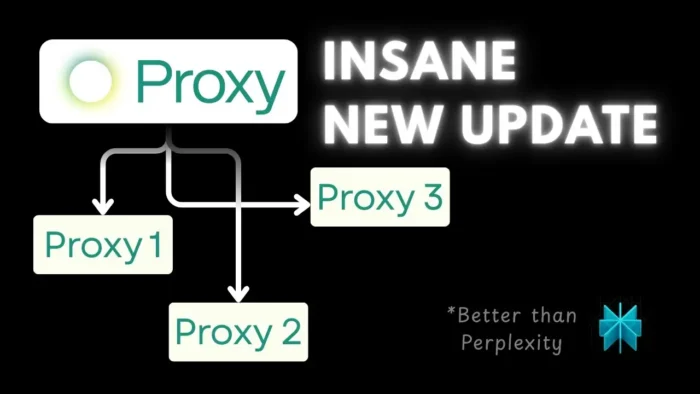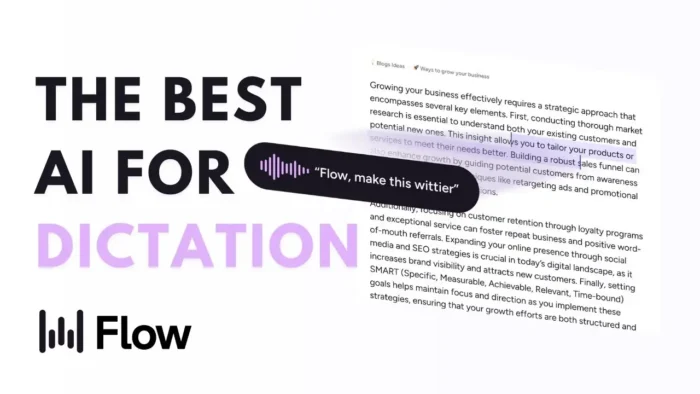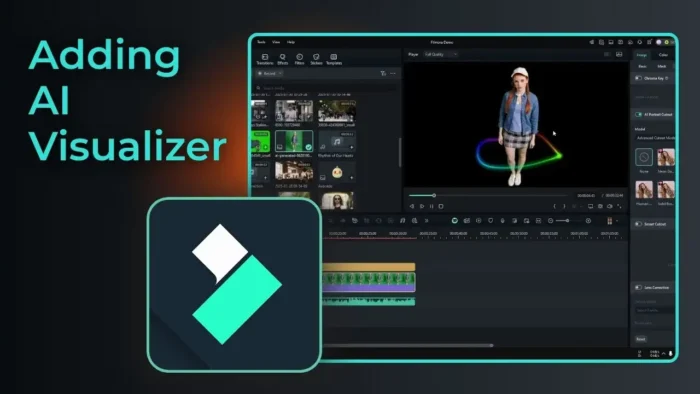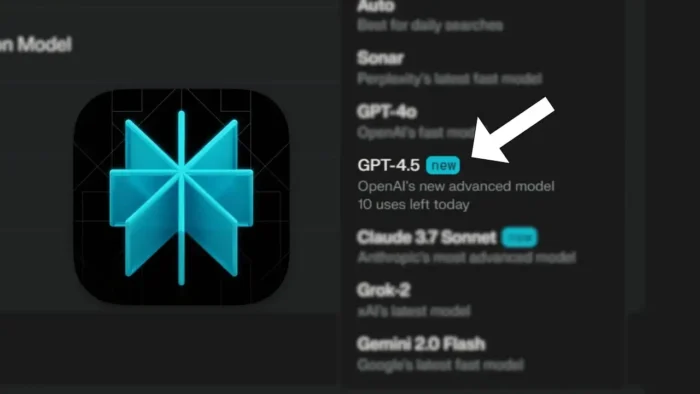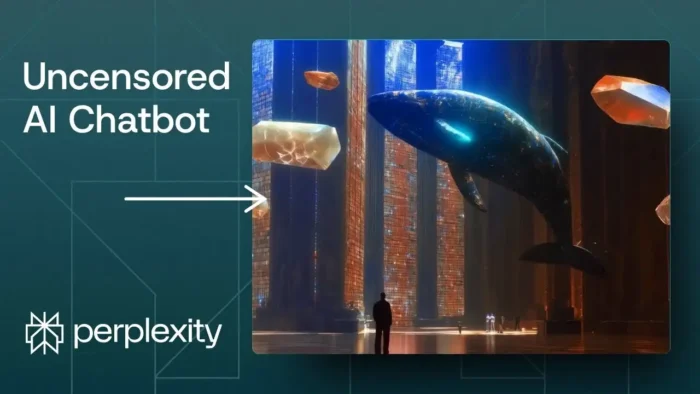Key takeaways:
- Proxy AI agent now runs tasks in parallel for faster results
- You just type a prompt, and it splits up the work automatically
- Free version is single-threaded, deep work unlocks parallel agents
Ever get frustrated waiting for your AI agent to finish a simple web task? I’ve been there. Proxy AI from Convergence AI just dropped a new parallel agent feature, and it’s a big step forward if you want speed and real-time results. This post breaks down what makes Proxy AI the fastest AI agent right now, how to use the new feature, and what you should expect—no hype, just the facts.
If you’re tired of slow, step-by-step agents and want something that feels more like a real assistant, keep reading. I’ll show you how Proxy AI splits up your tasks, when it actually saves time, and a few things you should know before jumping in.
Table of Contents
- Proxy AI Agent: What’s New and Why It Matters
- How Proxy AI Parallel Agent Actually Works
- No Settings, No Fuss—But There’s a Catch
- Real-World Speed: Is Proxy AI Really That Fast?
- How Proxy AI Compares to Other AI Agents
- When Parallel Agents Really Shine
- How to Use Proxy AI Parallel Agent: Step-by-Step
- What You Should Know Before You Start
- FAQs
- What is Proxy AI agent?
- How does the parallel agent feature work?
- Do I need to enable any settings to use parallel agents?
- Is Proxy AI faster than Perplexity?
- Can I use Proxy AI for free?
Proxy AI Agent: What’s New and Why It Matters
Proxy AI has always been about making AI agents easy. You type a prompt, and the agent does the work—just like ChatGPT, but with real-world actions. Now, with parallel agent, Proxy can split your prompt into multiple tasks and run them at the same time. That means less waiting around for stuff like web research, data collection, or report generation.
No more watching your agent crawl through one step at a time. If your prompt has several parts, Proxy just spawns a new agent for each. It’s like having a team instead of a solo worker. And the best part? You don’t have to mess with any settings. Proxy figures it out for you.
How Proxy AI Parallel Agent Actually Works
Let’s say you want to compare the latest videos from MrBeast and PewDiePie and get a report in Google Docs. Here’s what happens:
- You type your prompt: “Go to MrBeast and PewDiePie channel, find their latest video, compare the views, generate the report on Google Docs.”
- Proxy AI reads your request and decides it needs more than one agent.
- It creates a separate agent for each channel—one goes to MrBeast, one to PewDiePie.
- Another agent handles writing up the report.
- They all run in parallel, so you get results faster.
You can actually see each agent in the interface: orchestrator (the main view), proxy 1, proxy 2, and so on. Each one is doing its own thing, and you can watch the progress live.
No Settings, No Fuss—But There’s a Catch
You don’t have to enable anything special to use parallel agents. Proxy AI decides how many agents are needed based on your prompt. But here’s the thing: the deep work feature, which unlocks parallel agents, is only available for pro users. If you’re on the free plan, you’re stuck with one agent at a time.
If you’re curious about how to unlock more features, check out how to unlock the power of GPT-4 for tips on getting the most from advanced AI platforms.
Real-World Speed: Is Proxy AI Really That Fast?
So, does it actually save you time? In my experience, yes—but it depends on the job. If your task can be split up, like researching multiple topics or scraping different sites, Proxy’s parallel agents can finish up to twice as fast. If one step depends on another, you might not see a huge speedup.
For example, when I asked Proxy to find the latest videos and compare views, one agent went to MrBeast’s channel, another to PewDiePie’s. They finished their research at the same time, then handed off the results to a third agent to write the report. The whole process took around five minutes, which is pretty quick for a multi-step job.
If you want to download those videos for offline viewing, you might want to use how to download YouTube video from all devices for a smooth workflow.
How Proxy AI Compares to Other AI Agents
I put Proxy up against Perplexity, which is known for fast, accurate internet research. Here’s the thing: Perplexity pulls info from indexed web pages, so it sometimes misses the latest updates—like the exact view count on a new video. Proxy, on the other hand, browses the web in real time, just like a human, so it gets the freshest data.
Here’s a quick comparison:
| Feature | Proxy AI (Parallel Agent) | Perplexity AI |
|---|---|---|
| Real-time browsing | Yes | No |
| Parallel tasks | Yes (Pro only) | No |
| Latest web data | Yes | Sometimes outdated |
| Free version | Single agent | Yes |
| Report generation | Markdown, Google Docs | Text only |
Proxy’s reports aren’t always pretty (sometimes you get a Markdown file), but the data is fresh and accurate. If you want to make that Markdown look better, just upload it to Google Docs or use a tool like how to convert PDF to Word without additional software.
When Parallel Agents Really Shine
Parallel agents are most useful when your prompt has multiple independent steps. Here are a few examples:
- Researching several stocks and generating a summary for each
- Collecting data from different websites at once
- Comparing prices or features across multiple platforms
If your workflow is all about multitasking, this feature is a big win. If you’re just doing one thing at a time, you probably won’t notice much difference.
How to Use Proxy AI Parallel Agent: Step-by-Step
- Go to convergence.ai and sign in (or sign up).
- Type your prompt as you would in ChatGPT.
- If you’re a pro user, enable deep work to unlock parallel agents.
- Watch as Proxy splits your prompt into tasks and assigns each to a different agent.
- Check the results in the interface—download the report if you want.
If you need to create a new folder for your reports, check how to create a new folder in Google Drive.
What You Should Know Before You Start
- Free users only get single-agent mode. You’ll need a pro subscription for parallel agents.
- Some tasks still have to run in order—if step two depends on step one, you won’t see a big speedup.
- Reports might come in Markdown format, but you can open those in Google Docs for better formatting.
- Proxy AI is still improving, so expect some quirks (like reports not always landing in Google Docs automatically).
FAQs
What is Proxy AI agent?
Proxy AI is an AI agent from Convergence AI that runs web tasks based on your prompts, like browsing, collecting data, and generating reports.
How does the parallel agent feature work?
Parallel agent splits your prompt into multiple tasks and runs each with a separate agent at the same time for faster results.
Do I need to enable any settings to use parallel agents?
Nope, Proxy AI decides how many agents to use automatically, but you need a pro subscription and deep work enabled.
Is Proxy AI faster than Perplexity?
For real-time, multi-step web tasks, Proxy AI with parallel agents is faster and gets more up-to-date info than Perplexity.
Can I use Proxy AI for free?
Yes, but the free version only supports single-agent mode. Parallel agents require a pro subscription.
👾 If you want to keep your AI tools running smooth, check out how to speed up Windows easily or make Chrome consume less memory. More AI agent updates coming soon—stay tuned!

